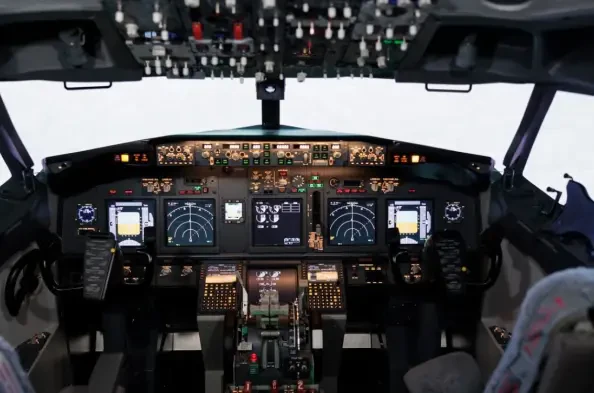As the aviation sector becomes increasingly interconnected and reliant on digital systems, cyber threats have emerged as a significant concern. Reports have highlighted the urgent need for comprehensive risk assessments and modernization of aging technology to enhance cybersecurity and ensure the safety and reliability of air travel. This roundup gathers insights from various industry leaders and experts to assess the sector’s preparedness for these growing cyber risks.
The Evolution of Cyber Risks in Aviation
Cyber risks within the aviation industry have evolved significantly over the years. As technology has advanced, so too have the methods and sophistication of cyberattacks. Many aviation systems still rely on aged technology and outdated software, making them particularly vulnerable. Incidents such as the disruptions faced by Southwest Airlines highlight the fragility of current systems.
Industry leaders stress that aging infrastructure and technology pose substantial risks to travel reliability and safety. The 2022 disruption at Southwest Airlines and the 2024 software failure at CrowdStrike underscore that vulnerabilities exist even without direct cyberattacks. Experts agree that upgrading technology is essential to mitigate these risks and improve overall cybersecurity.
Collaborative Efforts to Tackle Cyber Threats
Addressing cyber threats in aviation requires coordinated efforts across various sectors. The Transportation Security Administration (TSA), Federal Aviation Administration (FAA), and Cybersecurity and Infrastructure Security Agency (CISA) have been actively collaborating to tackle these challenges. Frequent cybersecurity assessments are conducted at major hub airports to identify vulnerabilities and implement necessary defenses.
Despite these efforts, some experts question the effectiveness and scope of these initiatives. While collaboration is crucial, the rapid pace of technological advancements and emerging threats may outstrip the current capabilities of these agencies. Continuous improvements and updated strategies are necessary to keep pace with the evolving threat landscape.
Insider Threats and External Cyber Attacks
The complexity of cybersecurity challenges in aviation is compounded by both insider threats and external cyberattacks. Key incidents include major airline cancellations and ransomware attacks that have had significant impacts on operations. For instance, in 2024, a faulty software update by CrowdStrike led to massive disruptions for Delta Air Lines, highlighting the severe consequences of cybersecurity failures.
The increasing sophistication of cyber threats necessitates a thorough understanding of internal vulnerabilities as well as proactive measures to defend against external perpetrators. Analysts emphasize the importance of robust cybersecurity practices, regular audits, and continuous monitoring to mitigate these risks effectively.
The Imperative for Modernization
Modernizing the air traffic control system is of paramount importance in bolstering cybersecurity defenses. However, this modernization comes with its own set of challenges, particularly financial and infrastructural burdens. Updating technology across such a vast and complex system requires significant investment and strategic planning.
While the costs associated with modernization are considerable, the benefits of enhanced cyber resilience cannot be overstated. Improved technology and systems will not only reduce vulnerabilities but also ensure a more reliable and safer aviation network for the future.
Recommendations for a Cyber Resilient Future
To achieve a cyber resilient aviation sector, proactive measures must be taken. Federal authorities and industry stakeholders need to prioritize comprehensive risk assessments and system upgrades. Developing and implementing strategic cybersecurity frameworks will be essential in safeguarding national airspace and critical supply chains.
Experts recommend that industry stakeholders maintain a continuous focus on cybersecurity advancements. Practical strategies include adopting advanced technologies, enhancing collaboration between public and private entities, and ensuring regular updates and testing of systems. With these steps, the aviation sector can better prepare for and mitigate the growing threats it faces.
Sustaining Cybersecurity Momentum and Looking Forward
Sustained efforts in strengthening aviation cybersecurity are crucial amidst the constantly evolving threat landscape. Technological advancements and proactive measures must be consistently pursued to ensure ongoing protection against cyber threats.
In conclusion, the aviation sector must focus on actionable next steps, such as prioritizing technology updates and enhancing interagency collaboration. Moving forward, continuous vigilance and adaptation to new threats will be key in maintaining the safety and reliability of aviation systems. Experts encourage stakeholders to remain committed to cybersecurity initiatives that protect both civilian and military aviation realms.






